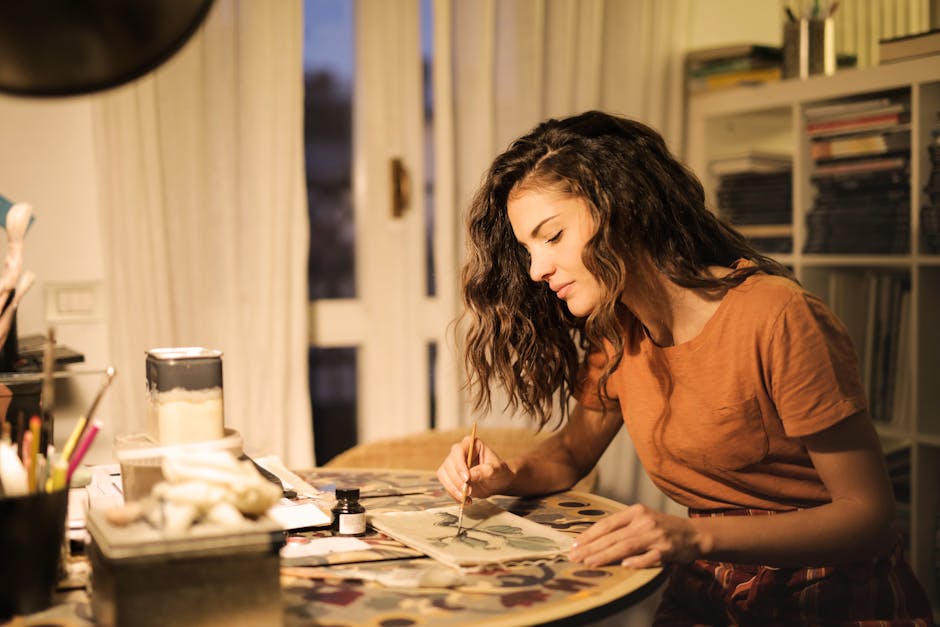
Exploring the Origins of Artistic Inspiration
Artistic inspiration has long been a fascinating subject of exploration for both artists and scholars alike. Understanding where the creative spark originates can shed light on how art evolves and transforms over time.
Throughout history, artists have sought inspiration from various sources. Some find it in nature, mesmerized by the intricate patterns and colors found in the environment. Others turn to human emotion and experiences, using their own lives or the lives of others as a muse. History, culture, religion, and philosophy have also played a significant role in fueling artistic endeavors.
One notable example of artistic inspiration is the Renaissance period, which saw a revival of interest in ancient Greek and Roman art. Artists like Leonardo da Vinci and Michelangelo drew inspiration from classical sculptures and literature, incorporating these elements into their own masterpieces.
The Surrealist movement of the 20th century, led by artists such as Salvador Dali and Rene Magritte, sought inspiration in dreams, the unconscious mind, and irrational juxtapositions. This approach aimed to bypass traditional thought processes and tap into the subconscious to create thought-provoking and unconventional artworks.
Another influential factor in artistic inspiration is societal and political contexts. Artists often reflect the world around them, translating their observations and emotions into their work. During times of social change or turmoil, art acts as a visual representation of the collective consciousness, offering insight into the human condition.
Artistic inspiration is a deeply personal and subjective experience. Each artist has their unique set of influences that shape their creative vision. By exploring the origins of artistic inspiration, we can gain a deeper appreciation for the vast and varied world of art.
